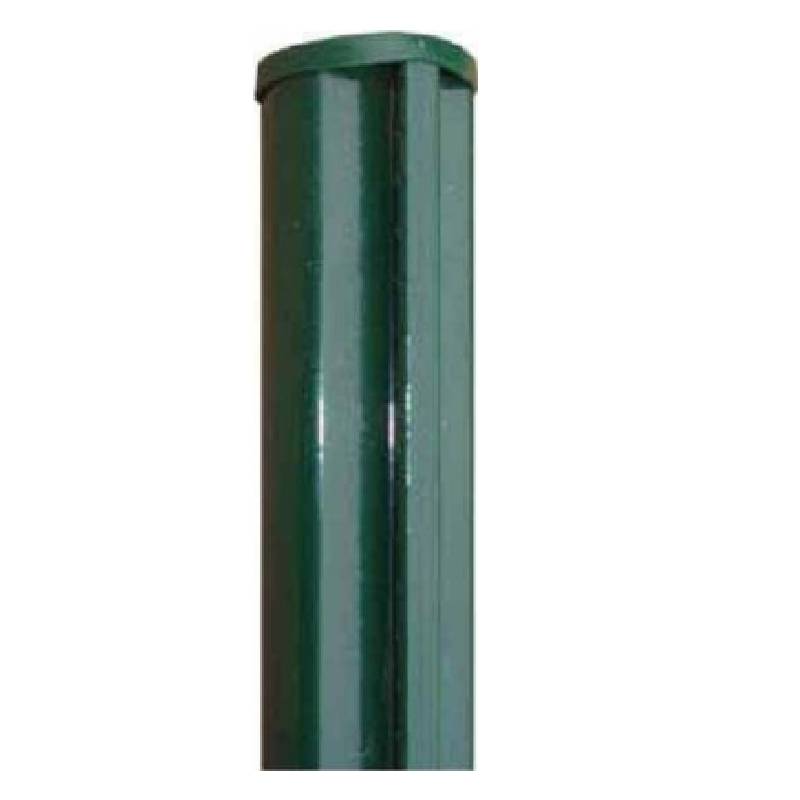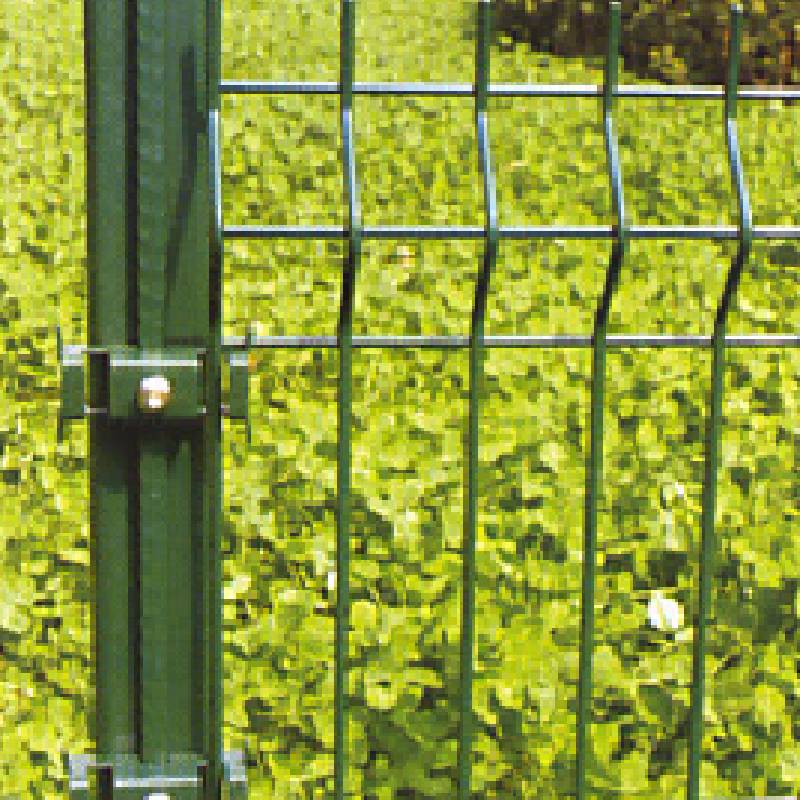-
Email:zhao@hyliec.cn
-
Tel:+86 311 85273988
-
WhatsAPP:8613931128750
-
 Afrikaans
Afrikaans -
 Albanian
Albanian -
 Amharic
Amharic -
 Arabic
Arabic -
 Armenian
Armenian -
 Azerbaijani
Azerbaijani -
 Basque
Basque -
 Belarusian
Belarusian -
 Bengali
Bengali -
 Bosnian
Bosnian -
 Bulgarian
Bulgarian -
 Catalan
Catalan -
 Cebuano
Cebuano -
 Corsican
Corsican -
 Croatian
Croatian -
 Czech
Czech -
 Danish
Danish -
 Dutch
Dutch -
 English
English -
 Esperanto
Esperanto -
 Estonian
Estonian -
 Finnish
Finnish -
 French
French -
 Frisian
Frisian -
 Galician
Galician -
 Georgian
Georgian -
 German
German -
 Greek
Greek -
 Gujarati
Gujarati -
 Haitian Creole
Haitian Creole -
 hausa
hausa -
 hawaiian
hawaiian -
 Hebrew
Hebrew -
 Hindi
Hindi -
 Miao
Miao -
 Hungarian
Hungarian -
 Icelandic
Icelandic -
 igbo
igbo -
 Indonesian
Indonesian -
 irish
irish -
 Italian
Italian -
 Japanese
Japanese -
 Javanese
Javanese -
 Kannada
Kannada -
 kazakh
kazakh -
 Khmer
Khmer -
 Rwandese
Rwandese -
 Korean
Korean -
 Kurdish
Kurdish -
 Kyrgyz
Kyrgyz -
 Lao
Lao -
 Latin
Latin -
 Latvian
Latvian -
 Lithuanian
Lithuanian -
 Luxembourgish
Luxembourgish -
 Macedonian
Macedonian -
 Malgashi
Malgashi -
 Malay
Malay -
 Malayalam
Malayalam -
 Maltese
Maltese -
 Maori
Maori -
 Marathi
Marathi -
 Mongolian
Mongolian -
 Myanmar
Myanmar -
 Nepali
Nepali -
 Norwegian
Norwegian -
 Norwegian
Norwegian -
 Occitan
Occitan -
 Pashto
Pashto -
 Persian
Persian -
 Polish
Polish -
 Portuguese
Portuguese -
 Punjabi
Punjabi -
 Romanian
Romanian -
 Russian
Russian -
 Samoan
Samoan -
 Scottish Gaelic
Scottish Gaelic -
 Serbian
Serbian -
 Sesotho
Sesotho -
 Shona
Shona -
 Sindhi
Sindhi -
 Sinhala
Sinhala -
 Slovak
Slovak -
 Slovenian
Slovenian -
 Somali
Somali -
 Spanish
Spanish -
 Sundanese
Sundanese -
 Swahili
Swahili -
 Swedish
Swedish -
 Tagalog
Tagalog -
 Tajik
Tajik -
 Tamil
Tamil -
 Tatar
Tatar -
 Telugu
Telugu -
 Thai
Thai -
 Turkish
Turkish -
 Turkmen
Turkmen -
 Ukrainian
Ukrainian -
 Urdu
Urdu -
 Uighur
Uighur -
 Uzbek
Uzbek -
 Vietnamese
Vietnamese -
 Welsh
Welsh -
 Bantu
Bantu -
 Yiddish
Yiddish -
 Yoruba
Yoruba -
 Zulu
Zulu
High-Quality Garden Posts – Durable Fence Solutions for Your Garden
The global garden posts market (valves, rods, and posts dedicated for gardening and fencing) is experiencing an annual compound growth rate (CAGR) of 5.3% between 2021–2027 (Source: MarketsandMarkets). The increasing demand for higher-durability materials like galvanized steel and composite alloys, as well as eco-friendly coatings, is propelling the innovation curve.
- Top Application Sectors: Residential fencing, public landscaping, industrial compounds, recreational parks, and agricultural boundaries.
- Leading Regions: North America (35%), Europe (28%), Asia-Pacific (24%), ROW (13%).
- Popular Materials: Galvanized steel, powder-coated aluminum, weathering steel, stainless steel, composite polymer blends.

| Segment | Market Share (%) | Annual Growth | Customer Base |
|---|---|---|---|
| Metal Garden Posts | 58 | 6.1% | Industrial, Public |
| Wooden Posts | 25 | 3.4% | Residential |
| Composite Posts | 10 | 8.9% | Commercial |
| Plastic/Other | 7 | 2.1% | Temporary/events |
| Parameter | Metal garden posts | Wooden posts | Composite posts |
|---|---|---|---|
| Material | Galvanized Steel/Aluminum | Pine, Cedar | PVC+Fiberglass |
| Standard Sizes | 40–120mm Ø | 60–120mm Ø | 40–100mm Ø |
| Length | 1.0–3.0m | 1.0–2.4m | 1.2–2.4m |
| Wall Thickness | 1.2–4.0mm | 30–80mm | 2.5–8.0mm |
| Coating | Zn80–Zn275g/㎡, Powder, Epoxy | Pressure-treated, Stain | UV stabilizer, Colorant |
| Corrosion Resistance | >96h salt spray (ISO9227) | Moderate | Excellent |
| Service Life | 20–35 years | 8–18 years | 15–24 years |
| Applicable Standards | ISO1461, ASTM A123, EN10244 | FSC, EN335 | REACH, RoHS, NFPA701 |
| Avg. Cost per Meter | USD 12–34 | USD 7–18 | USD 18–26 |
The manufacturing of garden posts—notably precision metal garden posts—requires stringent quality control and multi-stage high-precision processes, including alloy selection, hot/cold forming, surface treatments, and compliance audits. Here is a detailed infographic of the typical process:
In this workflow, strict compliance with standards like ISO 1461 (hot-dip galvanization), EN 10244-2 (zinc coating), ASTM A123 (structural coating thickness), and ANSI/BHMA is essential. Detection via salt spray testing (>96h) ensures superior weather and corrosion resistance, especially for metal garden posts in harsh environments.
| Feature | Garden Fence Posts (Steel, HYLIECFENCE) | Wood Fence Posts | Plastic/Composite Posts |
|---|---|---|---|
| Corrosion Resistance | ★★★★★ | ★★☆☆☆ | ★★★★☆ |
| Impact Strength | ★★★★★ | ★★★☆☆ | ★★★☆☆ |
| Maintenance | Low | High (rot risk) | Very Low |
| Color Variety | Plenty, UV Stable | Natural wood only | Multiple, but fade |
| Certifications | ISO1461, EN10244 | FSC | REACH, RoHS |
| Life-Cycle Cost | Low (30 yrs+) | High | Medium |
| Sustainability | Recyclable, LEED | Biodegradable | Recyclable, Partial |
| Installation Time | High efficiency (pre-drilled options) | Slow, manual | Medium |
Garden posts and metal garden posts have evolved into versatile components used in:
- Perimeter fencing: Secure residential, industrial, and recreational areas.
- Public works: Used in municipal landscaping, highway & rail boundary fencing.
- Industrial facilities: Chemical, oil & gas segregation—requiring robust corrosion resistance and mechanical stability.
- Agricultural fencing: Protecting crop fields, orchards, and livestock zones.
- Waterworks and utility fencing: Durable posts comply with ISO and ANSI standards for safety and reliability.

Case: In 2023, Shanghai Industrial Park selected metal post garden (ISO1461/EN10244-2 certified) for all new perimeter upgrades, citing 27% lower maintenance cost and 36% increase in lifetime compared to previous wooden systems.
| Company | Material Grades | Certifications | Tech Advantage | Custom Options | Warranty |
|---|---|---|---|---|---|
| HYLIECFENCE | Q235, Q345, S355, 6061-T6 | ISO1461, ASTM A123, CE | Robotic welding, CNC, ISO QC | Length, color, head, pre-holes | 15 years |
| Bekaert | Galv. steel, Corten | ISO9001, EN, LEED | Proprietary coatings | Size, finish | 10 years |
| Tornado | Low-carbon steel | ISO, EN | Cold-forming | Basic | 8 years |
| Lindsay | Composite Alloy | REACH, RoHS | High UV | Limited | 5 years |
- 20+ years of production expertise, serving over 4130 global projects
- Integrated design, CNC, and advanced ISO quality systems
- Full support for OEM/ODM, length, wall, surface finish, head customization
- Long-term warranty and 24/7 customer technical assistance
- Strict compliance with ISO1461, EN10244-2, ASTM A123, and regional project requirements
Whether your project demands special length, unique colors (RAL chart), custom head shapes, pre-drilled holes for easy mesh mounting, or enhanced marine-grade corrosion resistance, garden posts can be fully tailored.
- Bespoke Solutions: Project engineering, B2B bulk supply, logo branding, export packaging.
- Compliant Materials: Full traceability and test reports per DIN, ISO, or ANSI/FEMA guidelines.
Q1: What are the most reliable materials for garden fence posts?
Q2: What are the typical wall thickness and diameter standards for metal garden posts?
Q3: How is coating quality measured and what standards apply?
Q4: Can garden posts be custom-drilled or pre-assembled?
Q5: What is the recommended installation depth for stability?
Q6: How does lifecycle cost compare to wooden or composite alternatives?
Q7: What are common testing and certification requirements?
- Standard lead time: Typically 18–25 days for volume orders; express for urgent/stock sizes.
- Warranty: Minimum 10 years corrosion performance warranty, with full support on-site technical advice and product replacement for verified failures.
- Customer care: 24/7 multichannel support: design, technical FAQ, BIM files, anchor/fitting recommendations, and maintenance kits.
- Compliance & transparency: Each batch supplied with full test reports (raw material, mechanical, coatings), plus origin traceability QR on packaging.
- “Metal vs. Wood Fence Posts: Durability Comparison”, FenceWeek Journal 2023, Vol.37. (https://www.fenceweek.com/resources/posts-and-post-installation/)
- “ISO1461 Hot-Dip Galvanized Fences in the EU”, Fencing Industry Technical Forum. (https://www.fencing.net/forums/fence-posts/galvanization-standards.html)
- “Testing of Outdoor Fence Post Materials”, Construction Materials Tech, Vol.55.
- MarketsandMarkets, “Global Fencing Market 2021–2027”, (https://www.marketsandmarkets.com/Market-Reports/fencing-market-241211048.html)
-
Wire Fencing Rolls: Secure Your Space with Style
NewsJul.17,2025
-
Strong and Durable Round Fence Posts for Every Need
NewsJul.17,2025
-
Square Metal Posts: Strength and Style for Your Outdoor Space
NewsJul.17,2025
-
Revolutionize Your Garden with Innovative Garden Posts
NewsJul.17,2025
-
Durable and Versatile T-Posts for Every Project
NewsJul.17,2025
-
Affordable and Durable Fence Posts for Every Project
NewsJul.17,2025
